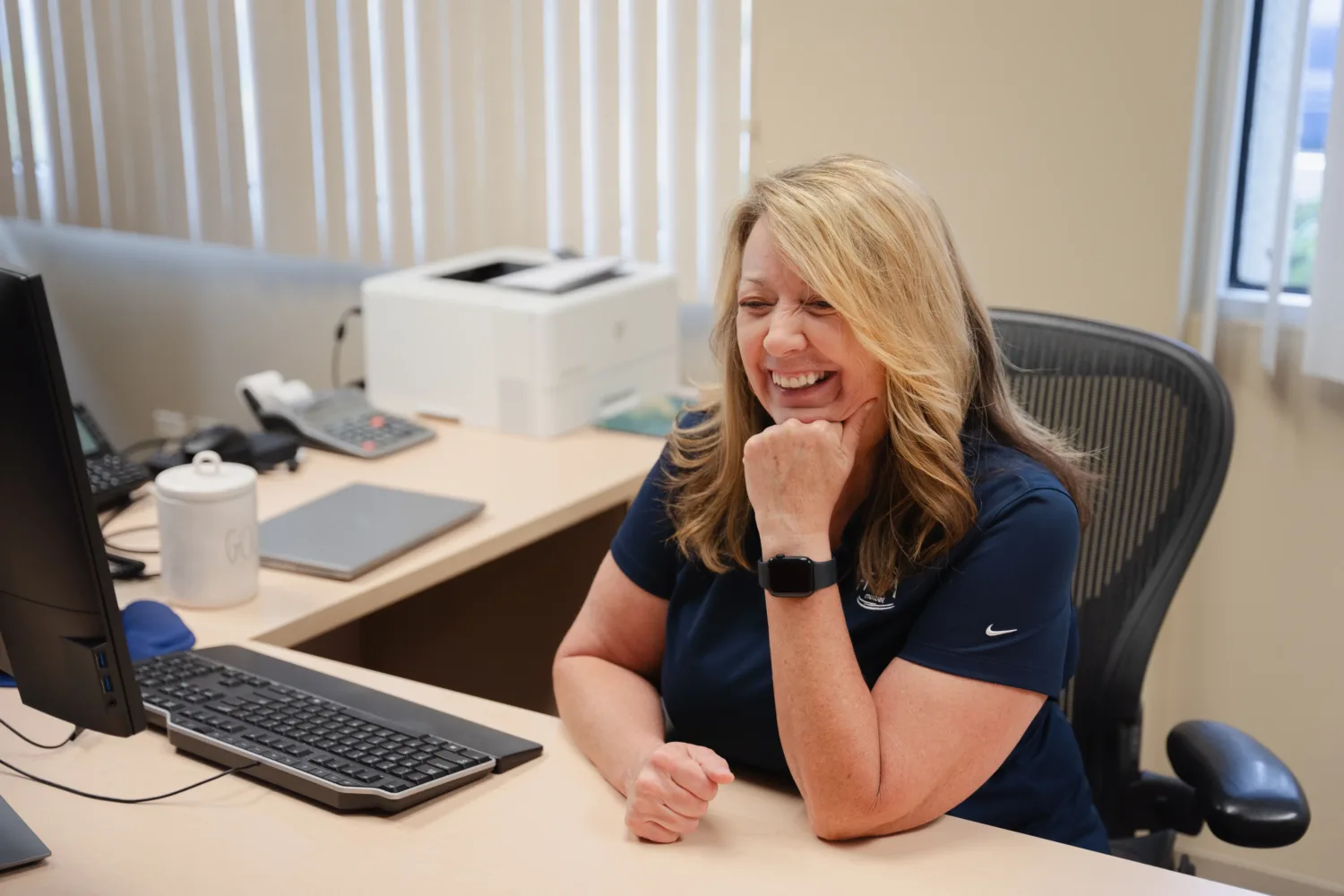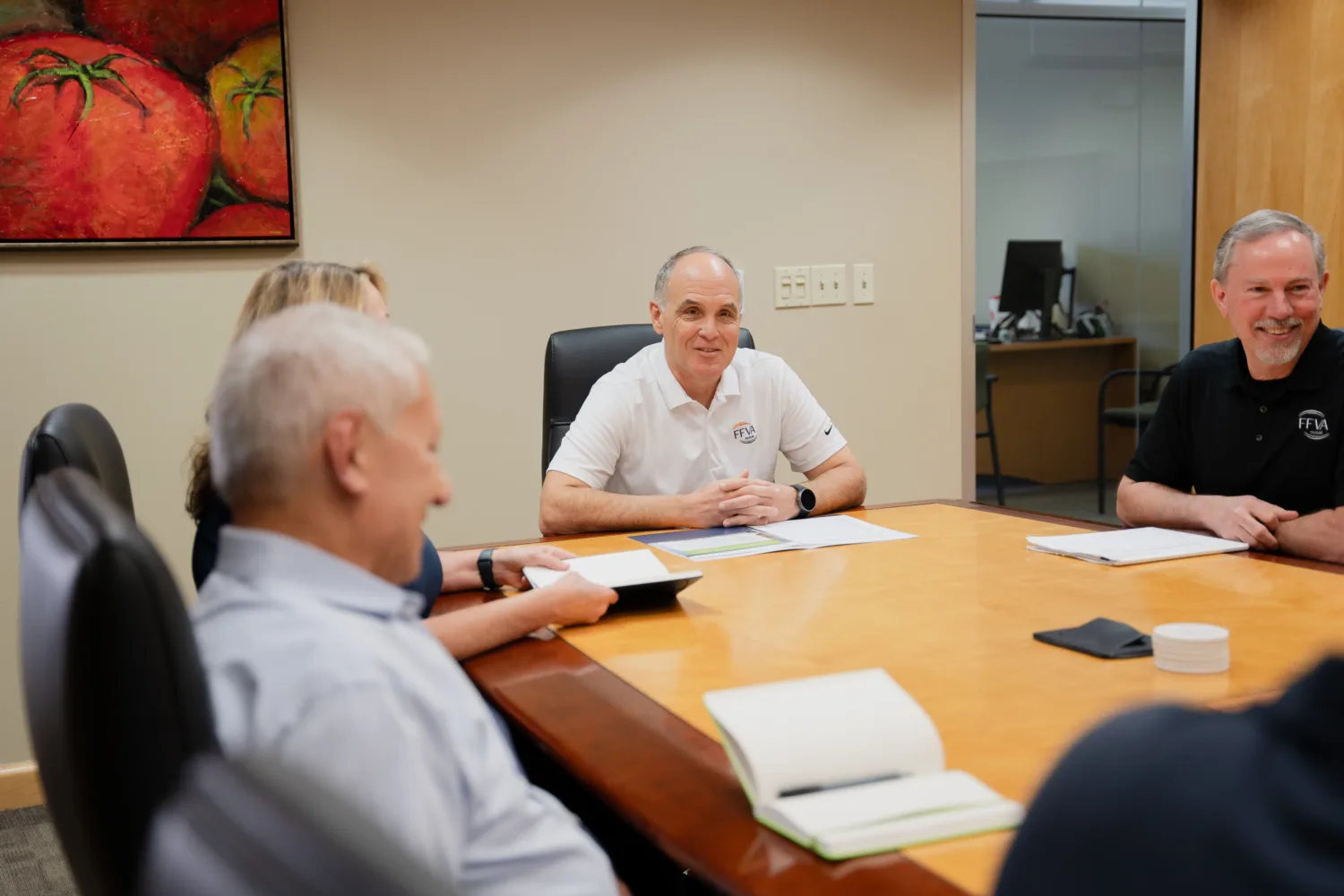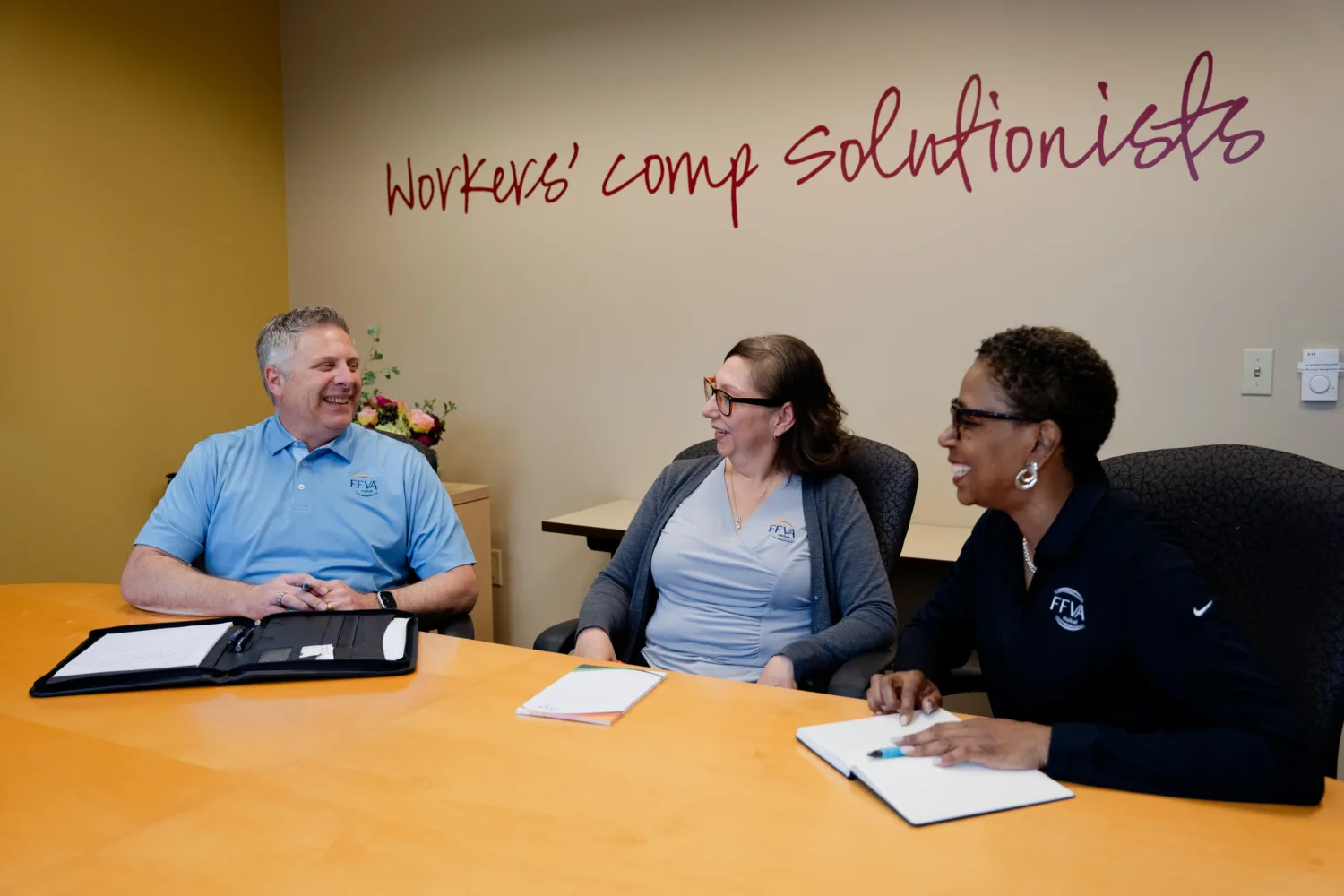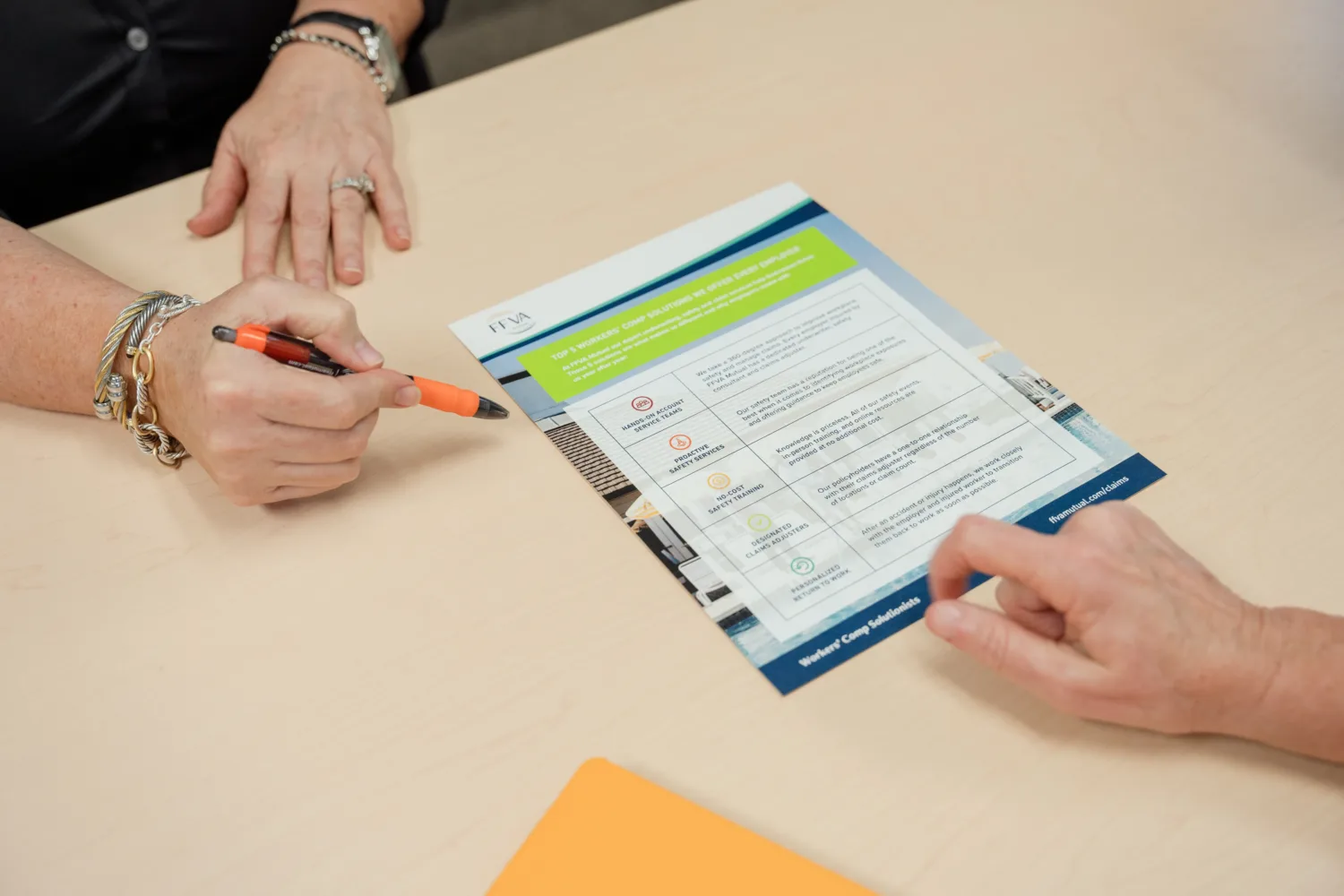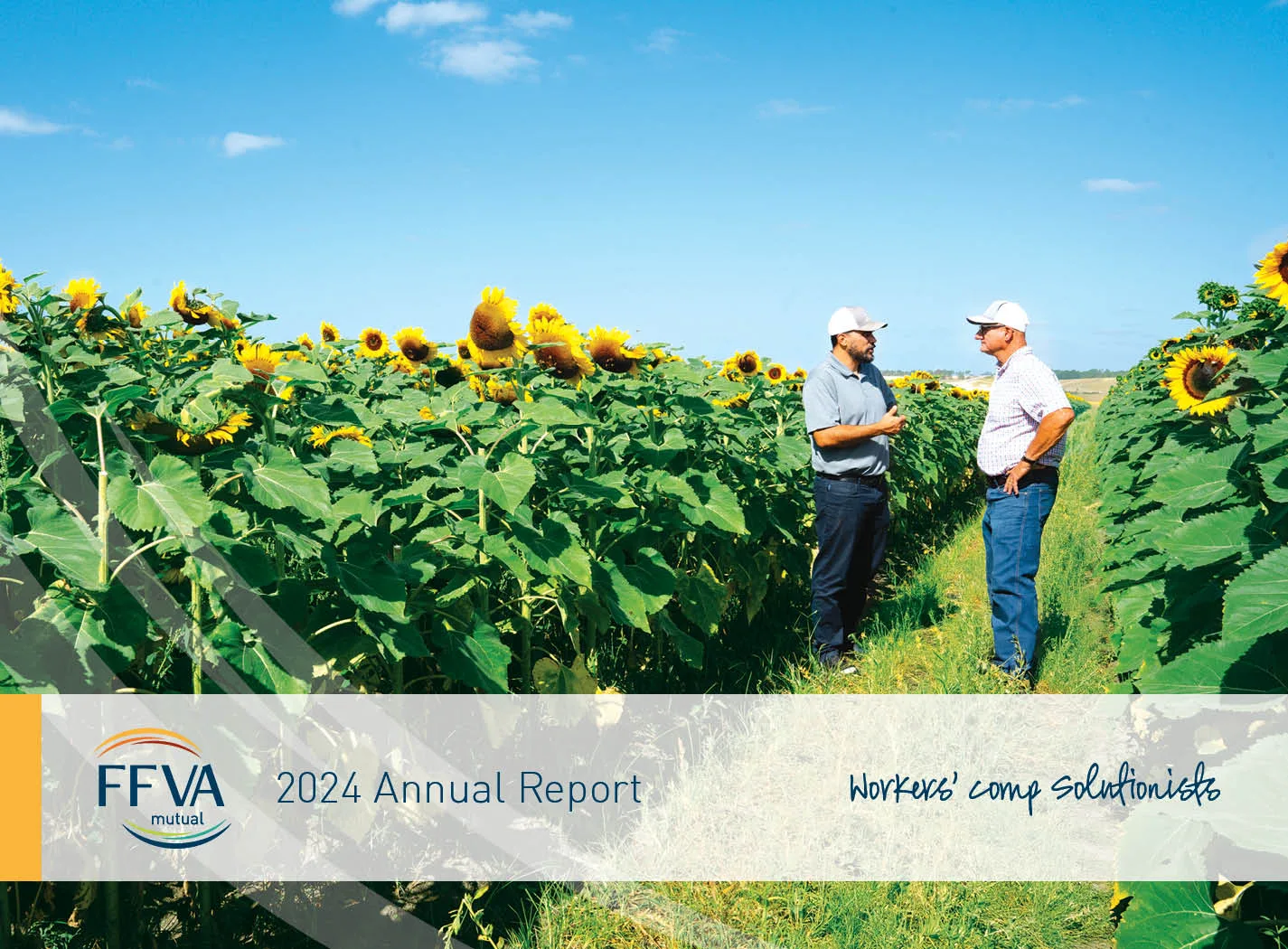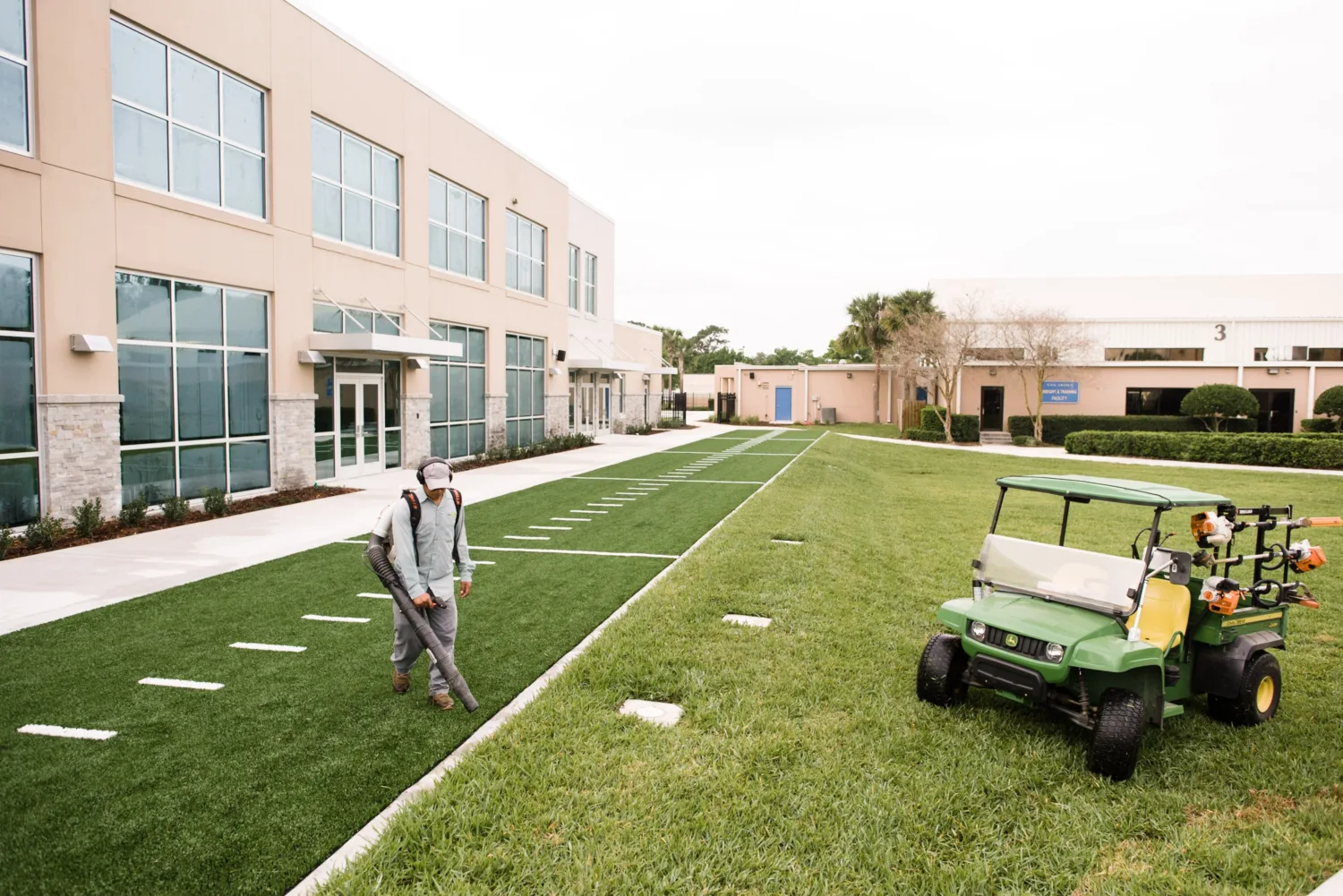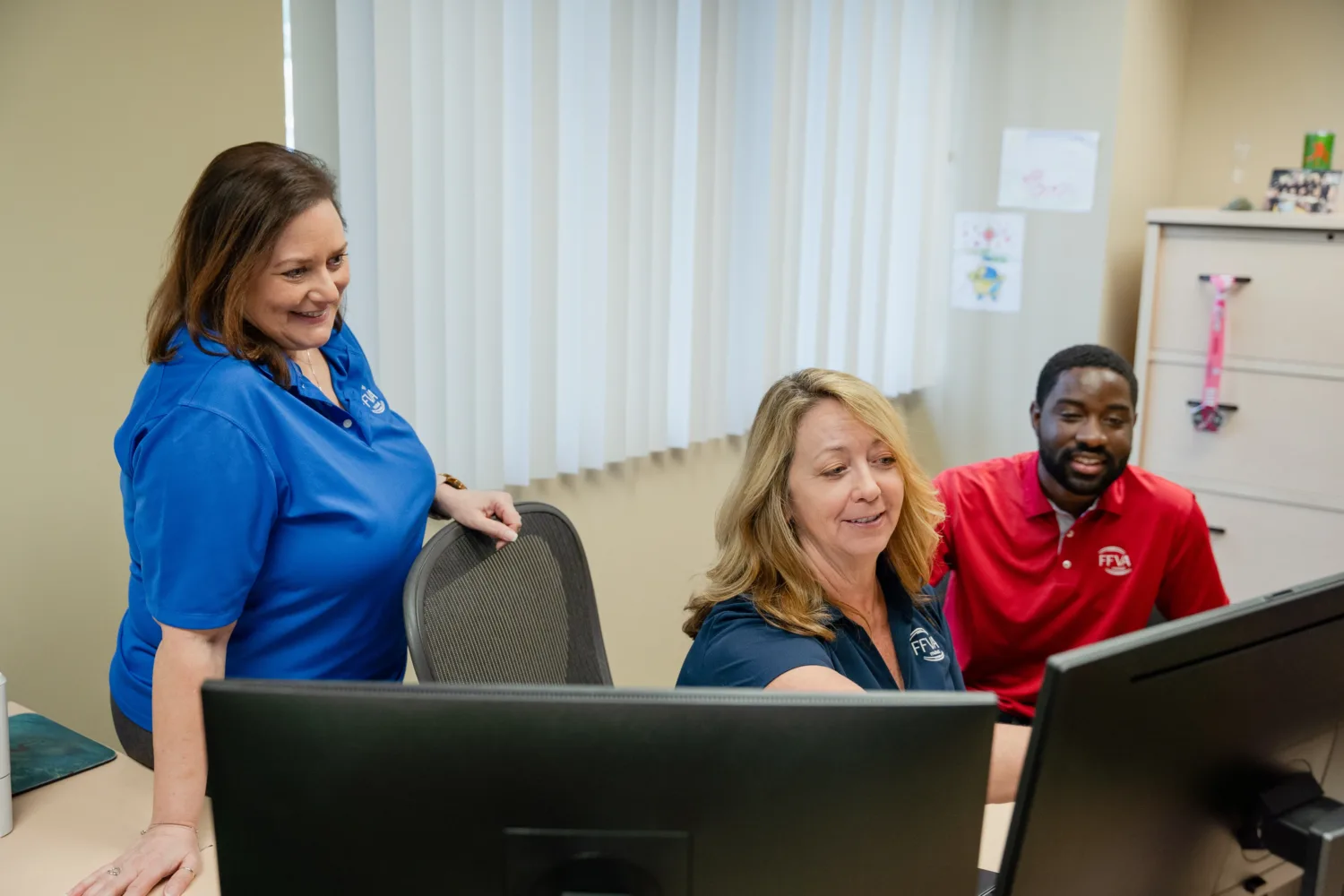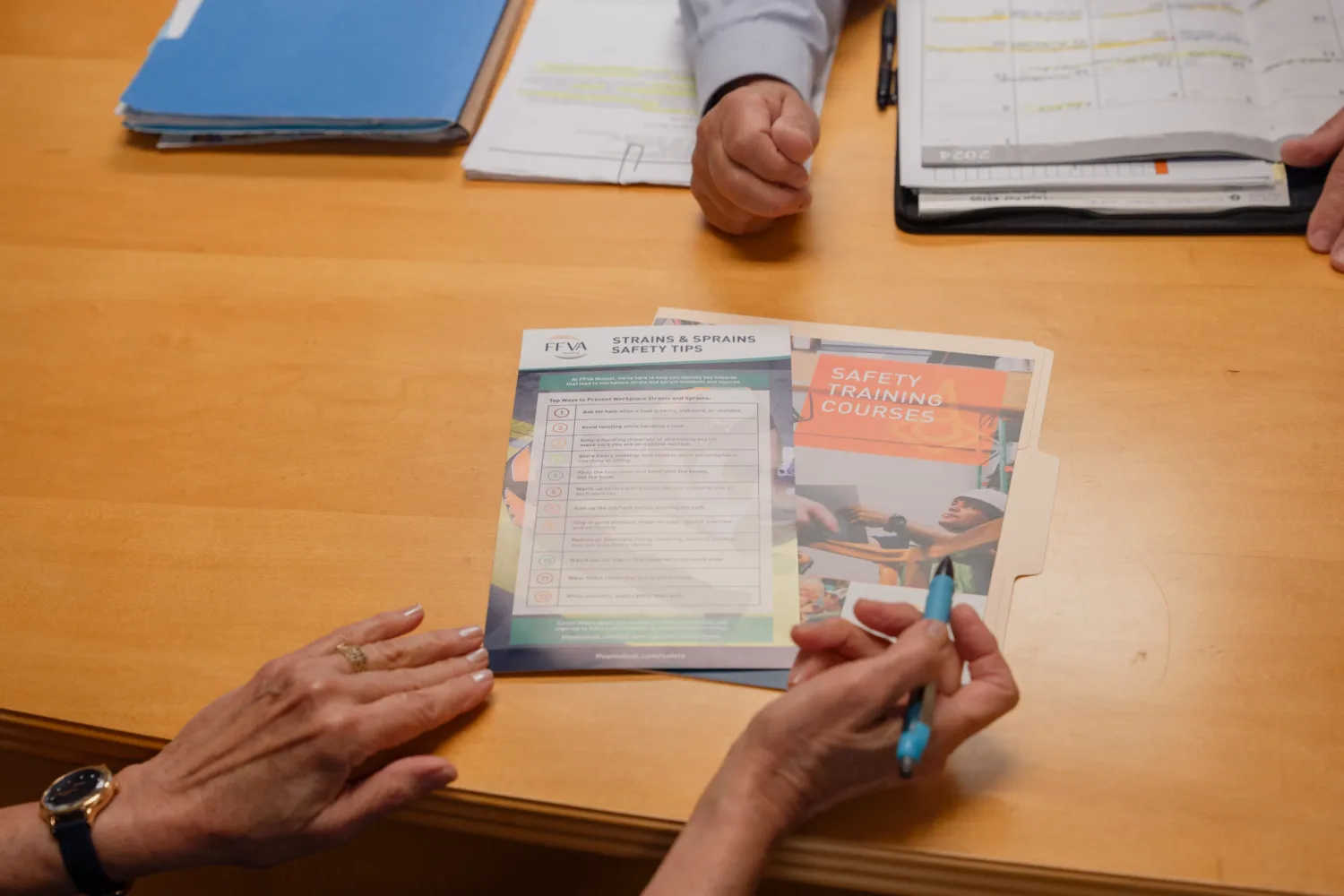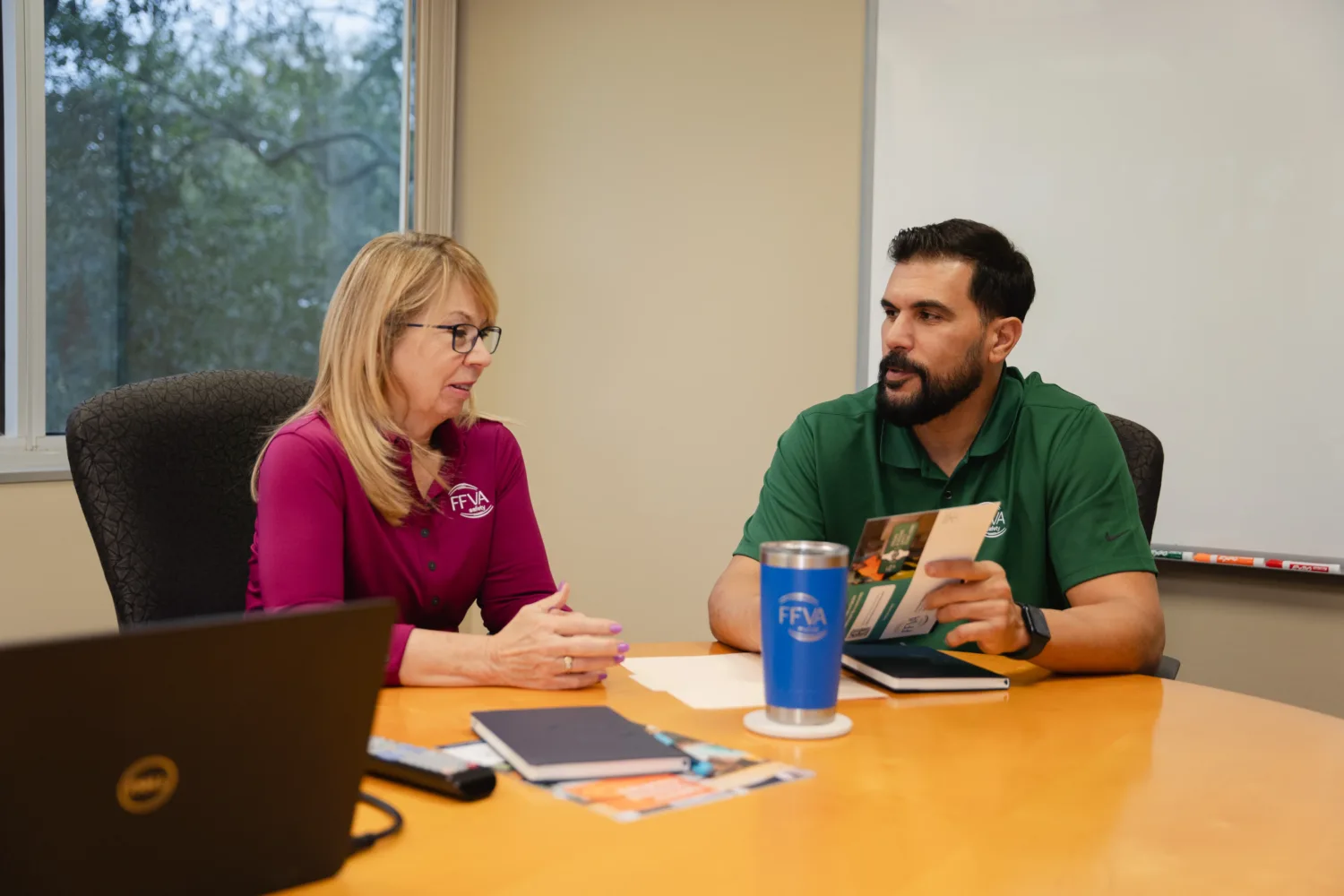Workplace safety isn’t an end goal, it’s a state of mind. At FFVA Mutual, we’re constantly on the lookout for new workplace safety topics, trends and practices to help protect our policyholders from costly injury claims and improve workplace safety. More importantly, our expert Solutionists are committed to improving the lives of workers everywhere through responsive claims handling, accident prevention, and hands-on safety training initiatives.
As you begin planning for the new year, we thought it would be helpful to spotlight some of this year’s top blog posts. The following 5 posts touch on key workplace safety topics that every employer and employee should keep in mind. Remember, improving worker safety is a constant process of innovation and adaptation, so be sure to keep an eye out for useful tips as you prepare for the year ahead.
1. No Text Is Worth Your Life: The Costs of Distracted Driving
Defensive driving is an essential part of any workplace safety program, especially when you consider that automobile accidents are the #1 cause of on-the-job fatalities, according to the National Safety Council (NSC). Of course, not all roadway collisions are preventable, but commercial drivers can significantly reduce their risk by staying distraction-free. In honor of April’s National Distracted Driving Awareness Month, we put together this informative post to spotlight the perils of distracted driving and offer some helpful tips for keeping your employees safe behind the wheel.
Key Takeaways:
- Explore the value of a distracted driving policy and training program.
- Learn how distracted driving impacts our ability to focus on the road.
- Understand the link between distracted driving and on-the-job motor vehicle accidents
2. How ‘Stayin’ Alive’ Will Make You a CPR Lifesaver
When medical emergencies strike, cardiopulmonary resuscitation (CPR) can be a vital lifesaving technique. The American Heart Association (AHA) estimates that nearly 383,000 sudden cardiac arrests occur outside of hospital settings each year. Luckily, properly administered CPR may double or even triple a person’s chance of survival, making it an essential training topic for employers across industry lines. This brief post offers step-by-step instructions for performing CPR on the fly and highlights the value of emergency response education.
Key Takeaways:
- Discover the importance of CPR education and training in your workplace.
- Learn when and how to perform emergency CPR, including a “hands-only” technique.
- Read about the differences between cardiac arrest and heart attacks.
3. Why Timely Claim Reporting is Important
While it may be impossible to predict when a workplace injury or illness will occur, employers with a fine-tuned reporting process are often better prepared to spring into action than companies that haven’t put in the effort. Keep in mind, waiting too long to report an injury can not only negatively impact your employees’ recovery, it may also lead to higher expenses. One study by the National Council on Compensation Insurance (NCCI) found that late injury reporting may increase claim costs up to 51%! To help our policyholders and employers everywhere optimize their insurance claim process, accident investigation, and recordkeeping workflows, we put together this useful post on the benefits of timely accident and incident reporting programs.
Key Takeaways:
- Learn how early reporting helps organizations reduce claim costs.
- Review the essential components of accident and incident reporting programs.
- Understand the benefits of proactive claims handling for your injured workers.
4. The Keys to a Successful Safety Program
Employers in every industry rely on written policies to keep their workers safe, but creating a truly effective safety program requires thoughtful planning. As the Occupational Safety and Health Administration (OSHA) points out, nearly all workplace accidents are preventable. That said, reducing on-the-job injuries, illnesses and even fatalities starts with a close examination of how your safety programs support your employees in their day-to-day activities. This post discusses the benefits of successful safety programs and offers recommendations for improving your written policies.
Key Takeaways:
- Explore the value of proactive safety culture and employee participation.
- Learn how preventive measures help reduce workplace accidents.
- Read about the 3 key components of effective safety programs and policies.
5. How to Develop a Successful Return to Work Program
Return to Work (RTW) programs offer employers and injured workers a clear recovery roadmap following a workplace injury, which helps employees get back on their feet quickly and safely. According to the International Association of Industrial Accident Boards and Commissions (IAIABC), injured employees who are out of work for 6 months (or more) only have a 50% chance of returning to work. By developing a personalized RTW plan that accommodates your workers’ temporary work restrictions, you help them stay motivated about their recovery and demonstrate your company’s commitment to employee health and wellness. This post takes a closer look at what makes RTW programs successful and provides specific examples of how to improve your existing policies.
Key Takeaways:
- Discover the benefits of offering modified, light-duty assignments.
- Learn how to develop effective and compassionate RTW policies.
- Understand the 7 principles of successful RTW programs.
With the beginning of a new year right around the corner, there’s never been a better time to reflect on the successes of your current safety programs and look for potential areas of improvement. Over the past year, we’ve focused on key topics in workplace safety that we believe have a positive impact for employers and employees alike.
We hope you’ll continue to strive for safer workplaces and healthier workers in the years to come. And remember, our expert safety Solutionists are always just a click away.




